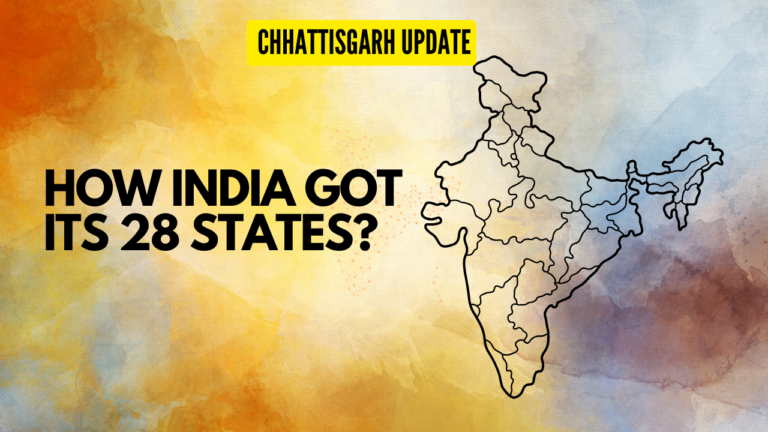In a groundbreaking discovery, researchers at the Indian Institute of Technology (IIT) Mandi have unveiled a cost-effective approach to metal Additive Manufacturing (AM). This extrusion-based method stands out as a game-changer in the realm of metal 3D printing, proving its superiority over traditional approaches. Let’s delve into the intricacies of this innovative process and explore the broader landscape of 3D printing, its applications, and the substantial benefits it brings to various sectors.
Metal Additive Manufacturing: A Cost-Effective Frontier
IIT Mandi’s researchers have demonstrated that the extrusion-based metal AM process is a cost-effective alternative to existing methods in metal 3D printing. Unlike subtractive manufacturing, which involves cutting or hollowing out materials, this revolutionary technique utilizes fine metal powders to construct robust and intricate components. The process is driven by Computer-Aided Design (CAD) programs or 3D scanning, allowing for unparalleled precision and complexity in the created structures.
Understanding 3D Printing in a Nutshell
3D printing, also known as Additive Manufacturing (AM), is a transformative technology that utilizes CAD to produce prototypes or working models by layering successive materials. These materials range from plastic, resin, thermoplastic, and metal to fiber or ceramic. The process stands in stark contrast to traditional subtractive manufacturing, where pieces are cut or hollowed out using machines like milling machines.
Milestones in 3D Printing: India’s Pioneering Initiatives
India has been at the forefront of embracing 3D printing technology. In Bengaluru, the country witnessed the inauguration of its first 3D-printed post office, showcasing the nation’s commitment to embracing cutting-edge solutions. Telangana took it a step further by unveiling the world’s first 3D-printed temple at Burugupally, Siddipet district, exemplifying the versatility and potential of 3D printing in diverse applications.
Applications of 3D Printing: From Medicine to Aerospace
The applications of 3D printing are extensive and continue to grow across various sectors. In the medical and allied sector, this technology has revolutionized the production of customized implants, prosthetics, and even organs. Aerospace has seen a surge in the production of advanced components such as airframes, pushing the boundaries of design and functionality. Other sectors, including consumer electronics and the jewelry industry, have also embraced 3D printing for its ability to create intricate and bespoke designs.
Benefits Galore: Why 3D Printing Is Gaining Momentum
The adoption of 3D printing comes with a myriad of benefits that are reshaping the manufacturing landscape:
1. **Lower Inventory Costs:** On-demand printing reduces the need for large inventories, streamlining production processes and minimizing storage expenses.
2. **Reduced Time:** The ability to print complex designs layer by layer significantly reduces production time compared to traditional manufacturing methods.
3. **Minimal Wastage:** Unlike subtractive methods that generate substantial waste, 3D printing produces little to no wastage, contributing to sustainability efforts.
National Strategy for Additive Manufacturing
Recognizing the transformative potential of Additive Manufacturing, the Ministry of Electronics and Information Technology in 2020 released the “National Strategy for Additive Manufacturing.” This strategic move aims to harness the full potential of 3D printing, fostering innovation, and driving economic growth.
Conclusion
IIT Mandi’s breakthrough in extrusion-based metal Additive Manufacturing marks a significant leap forward in the world of 3D printing. As we witness the convergence of technology and creativity, the applications of 3D printing continue to expand, influencing industries and shaping a more sustainable and efficient future. The journey has just begun, and with each new discovery, the potential for 3D printing to revolutionize manufacturing processes becomes more apparent.






